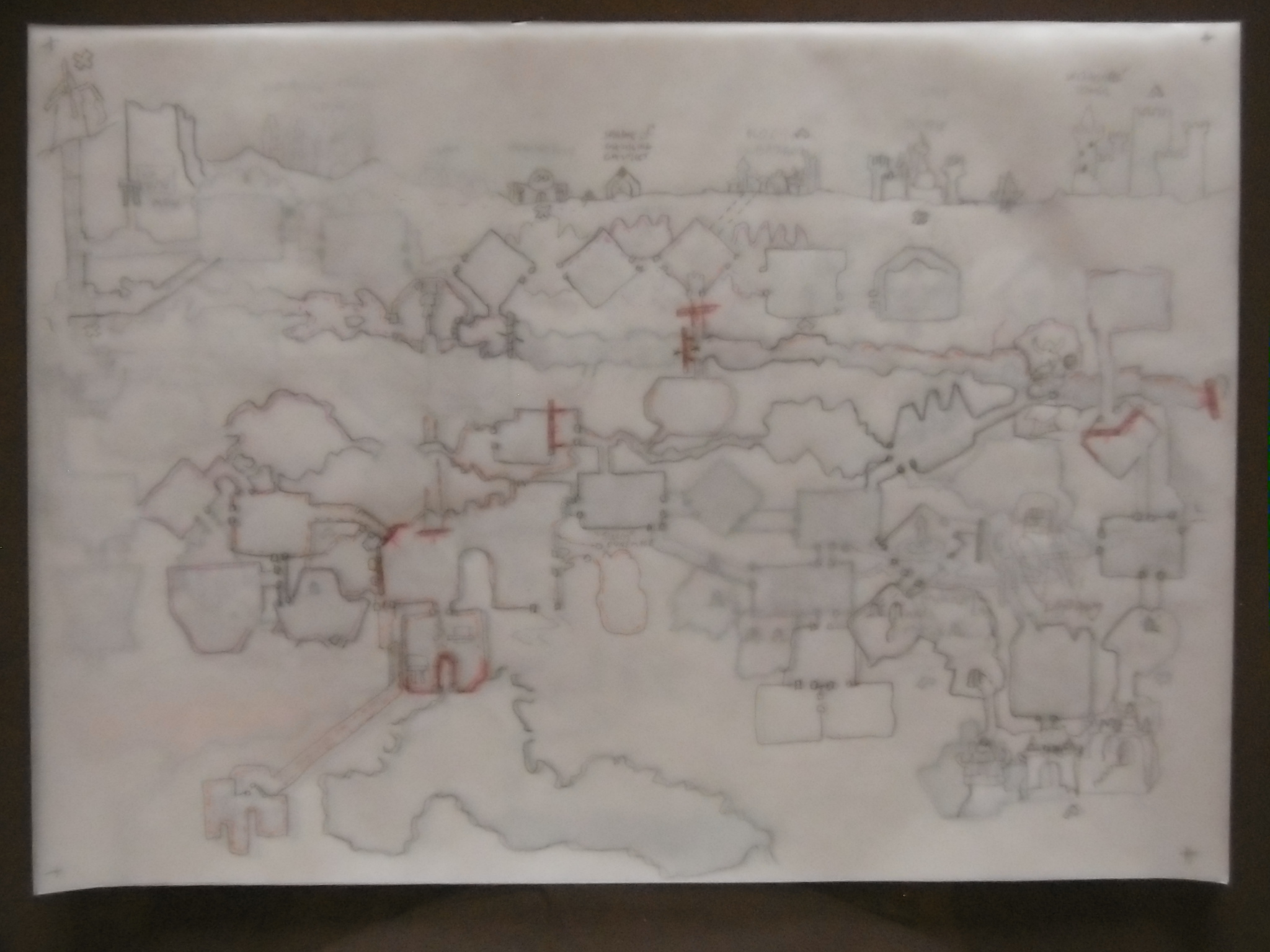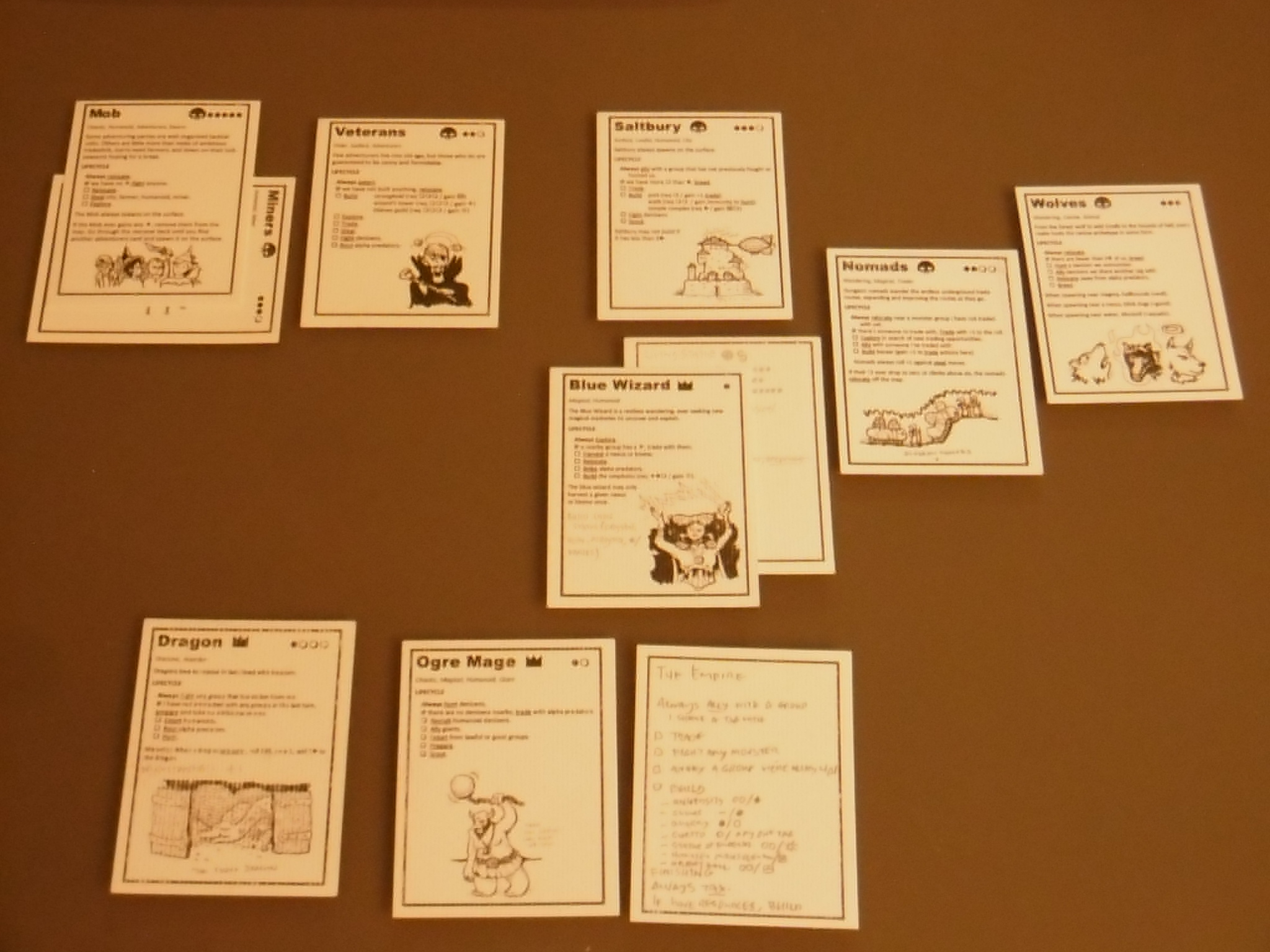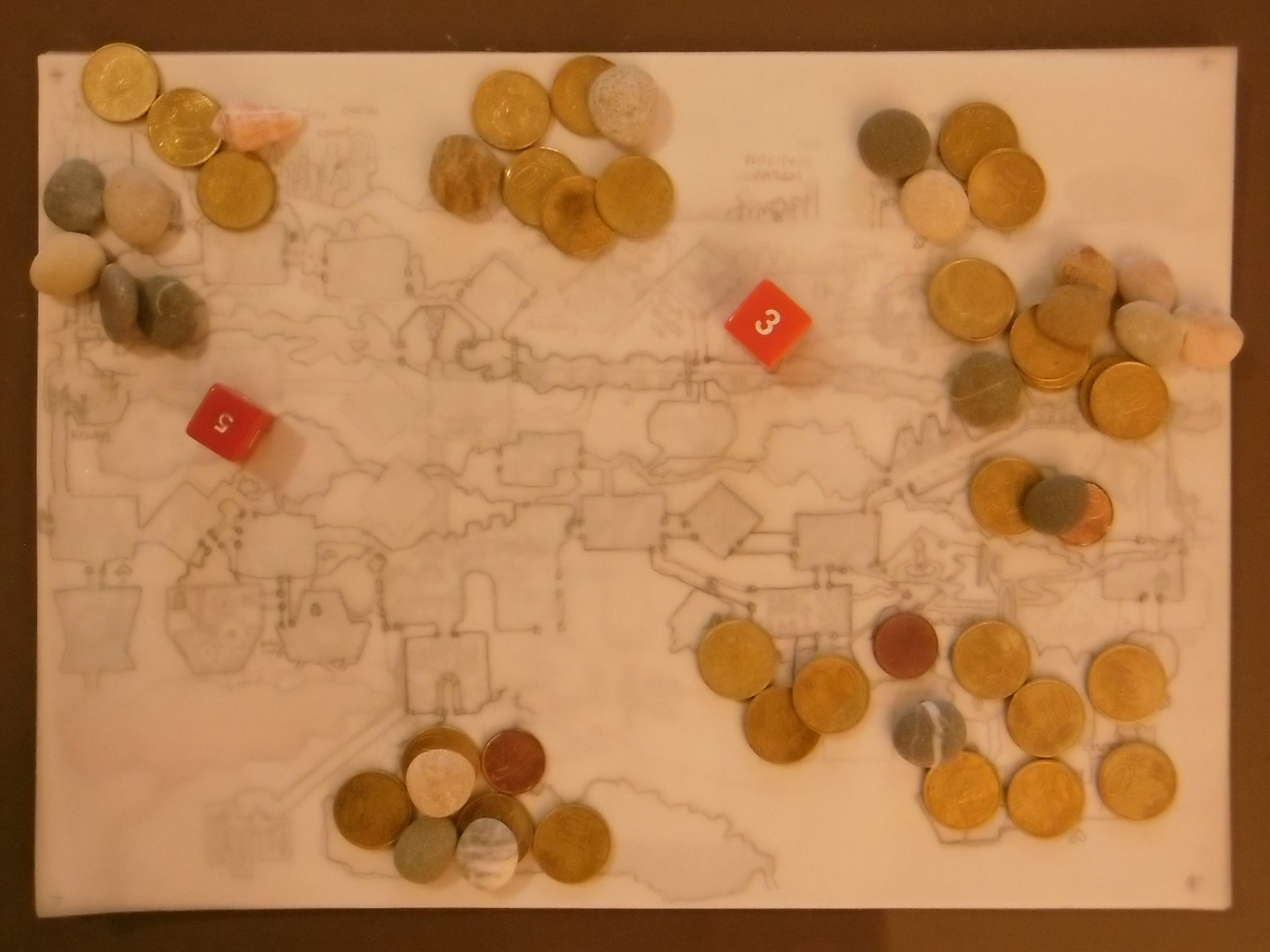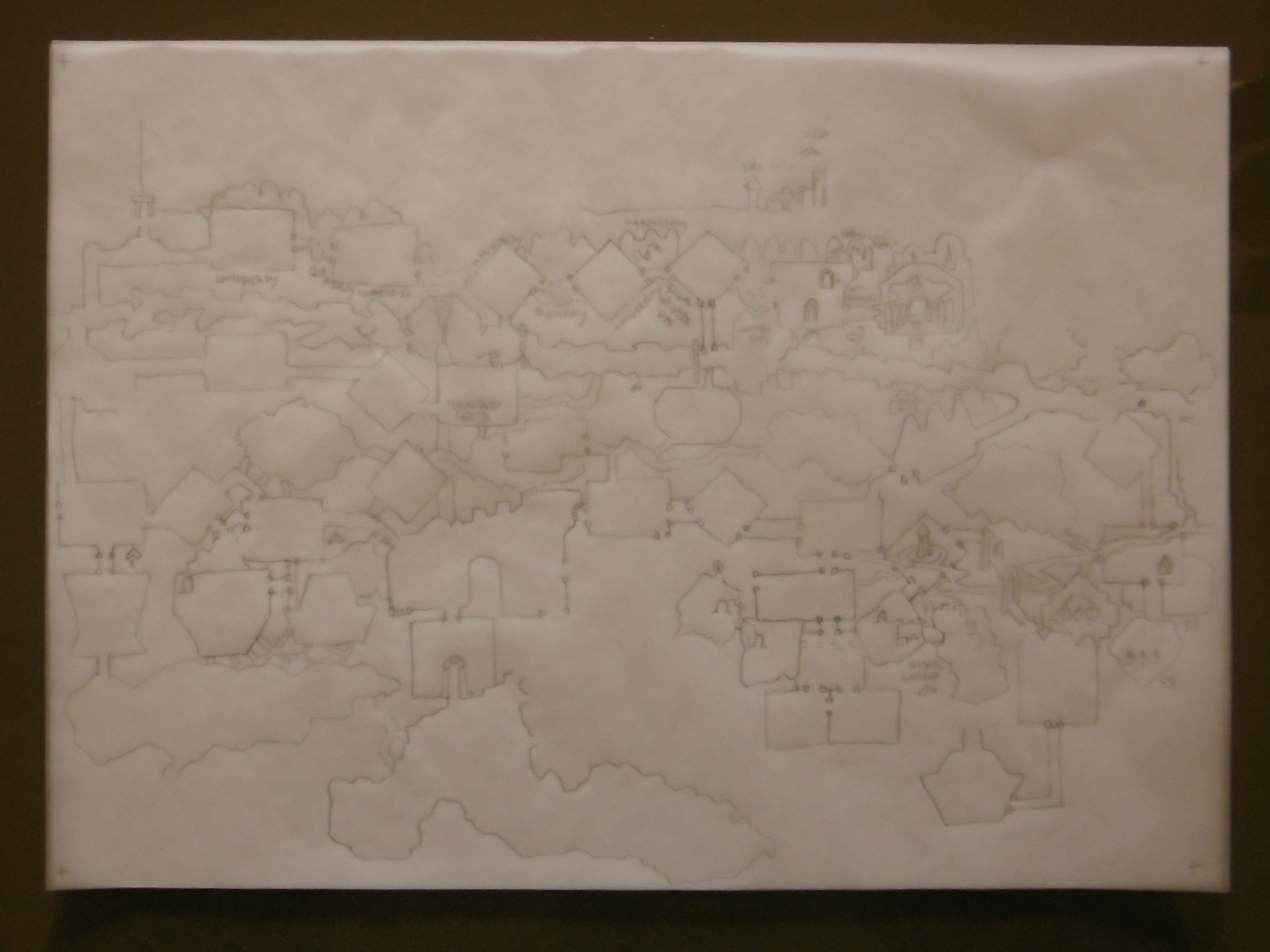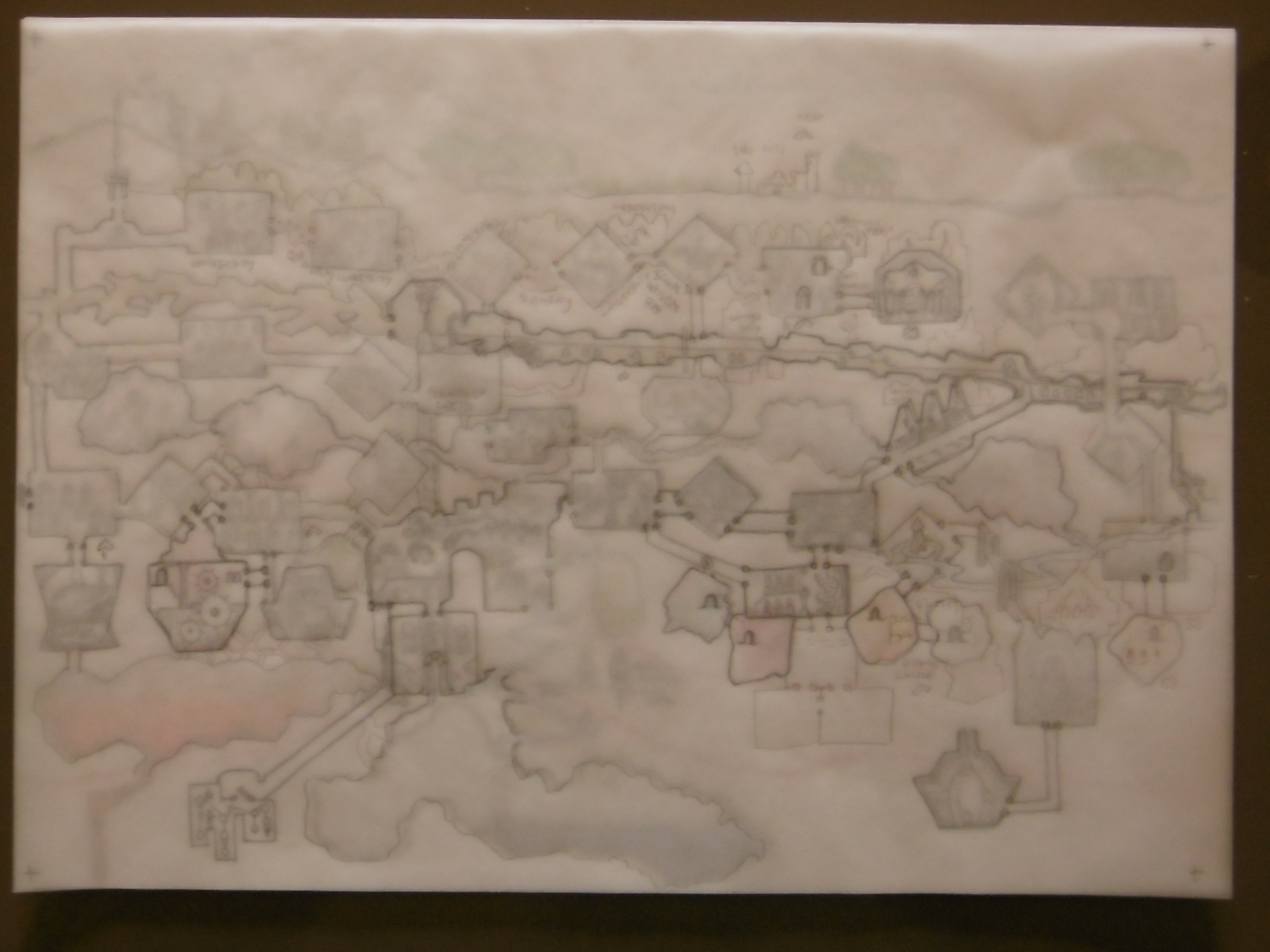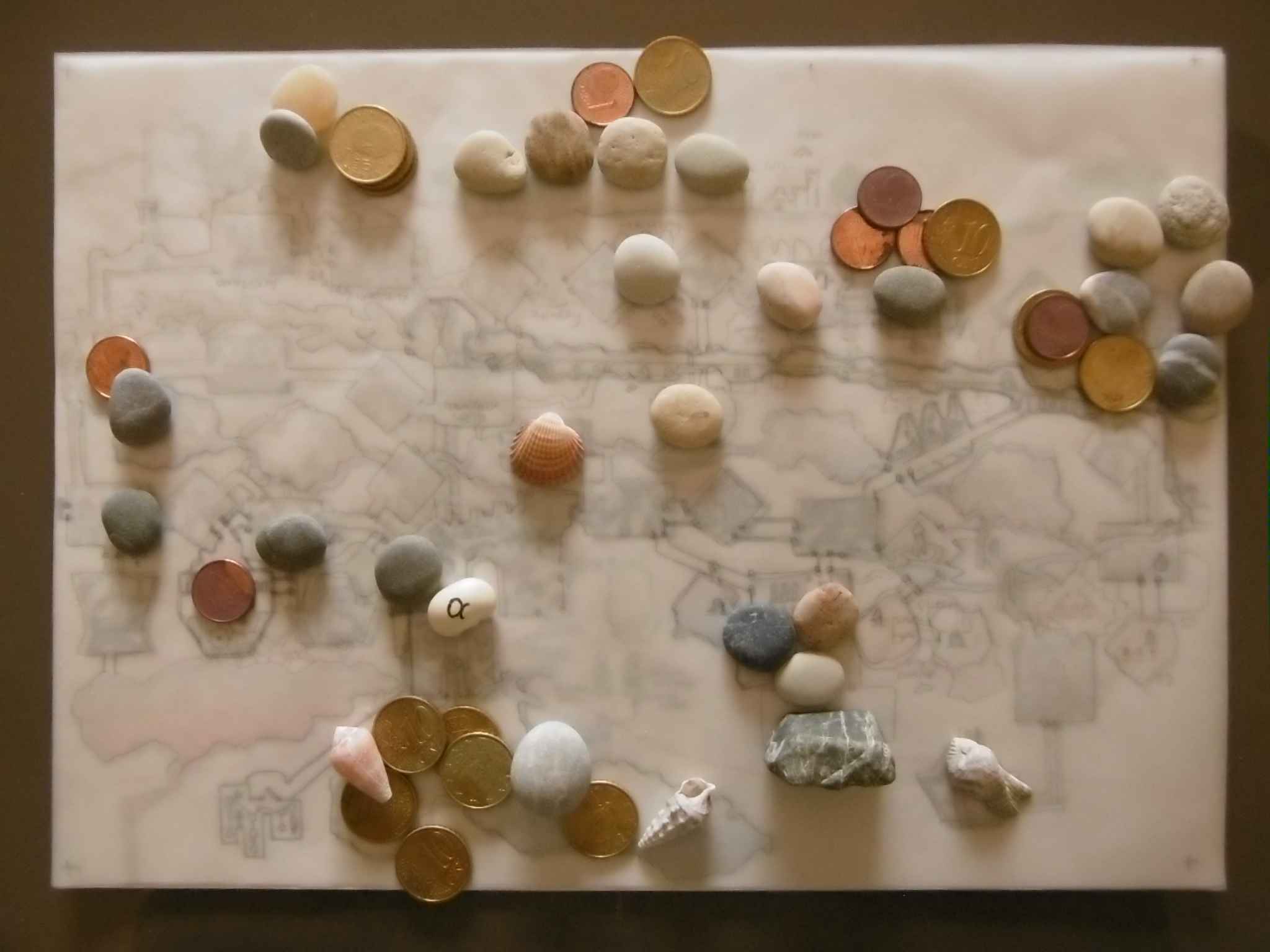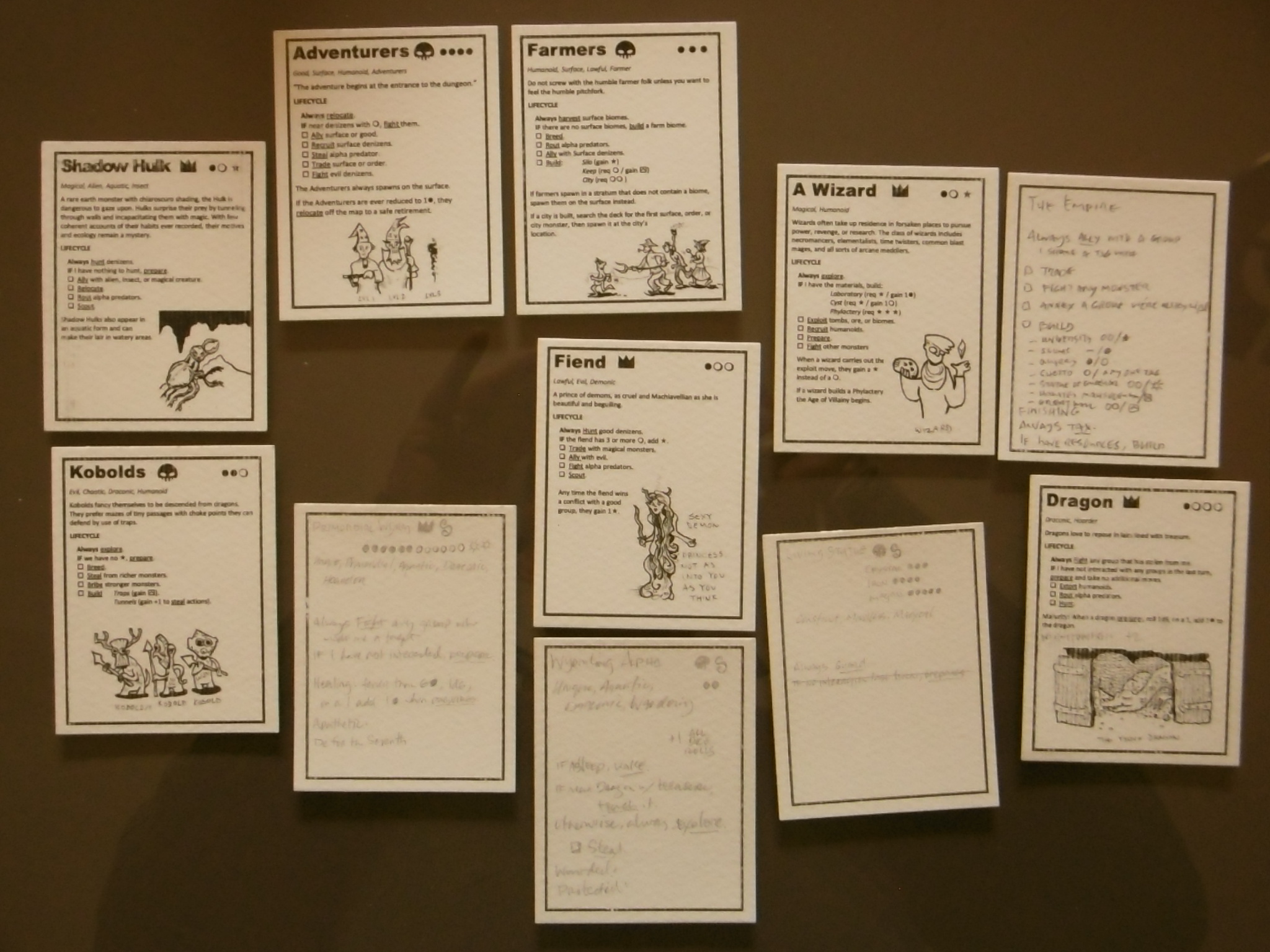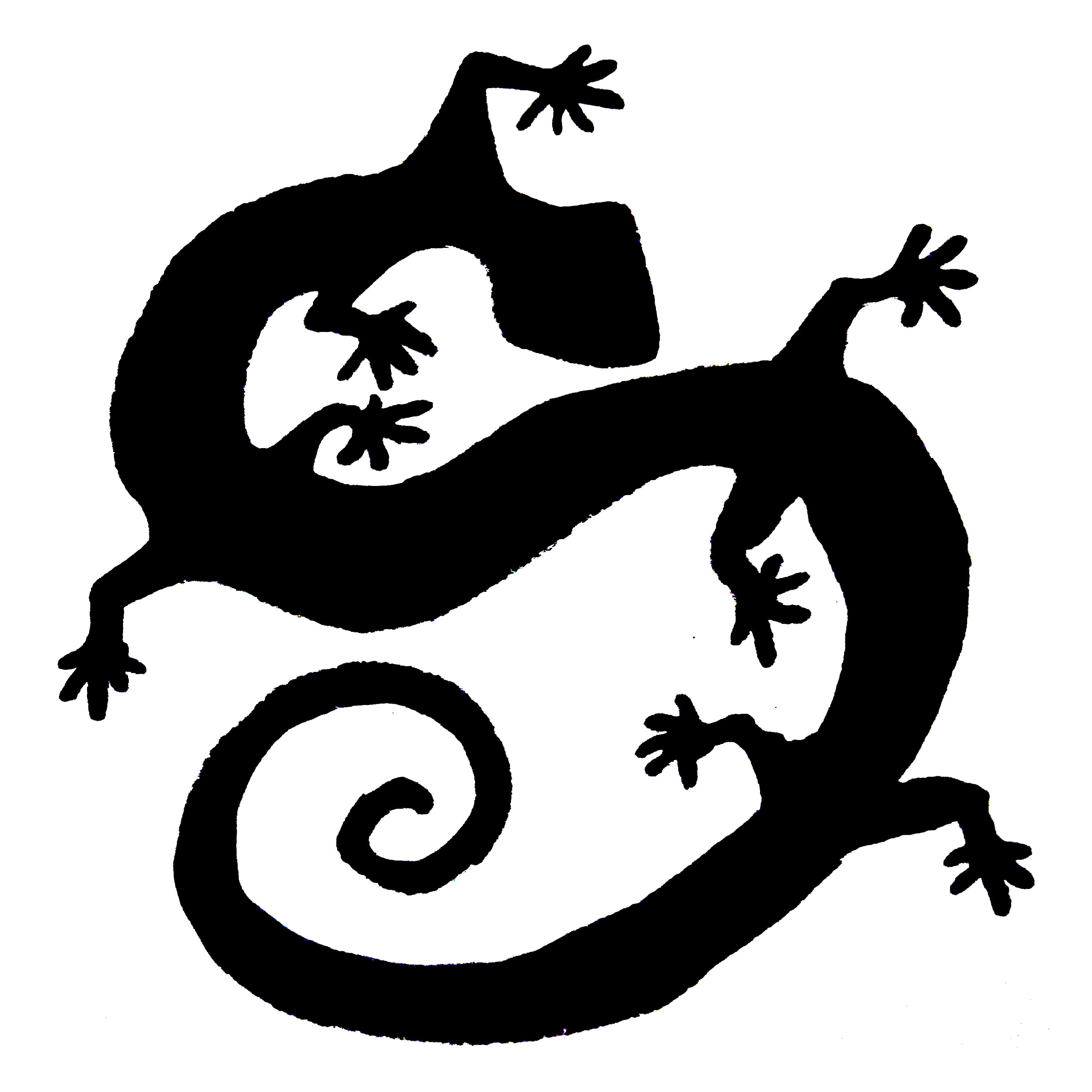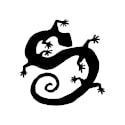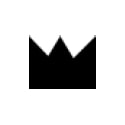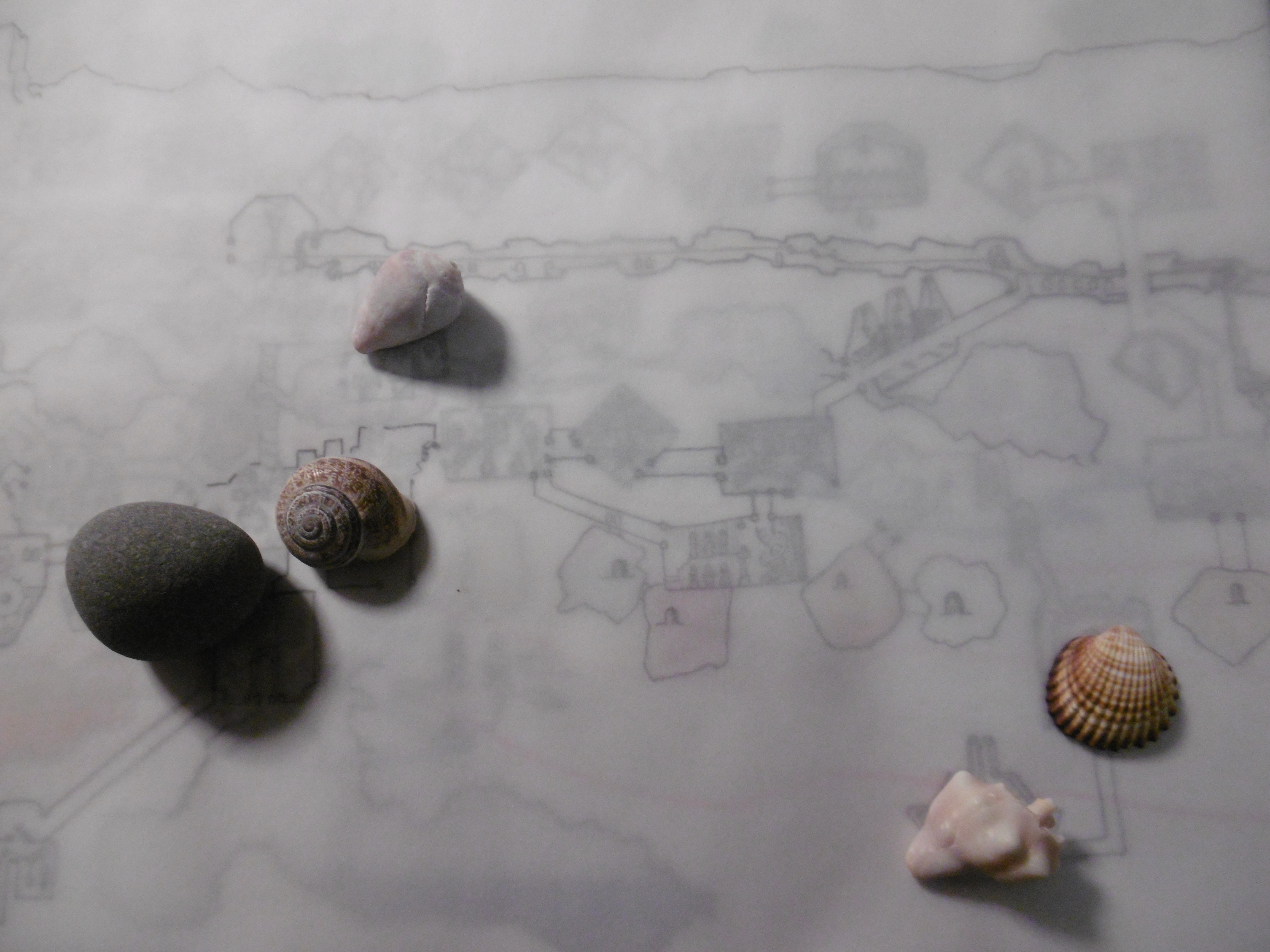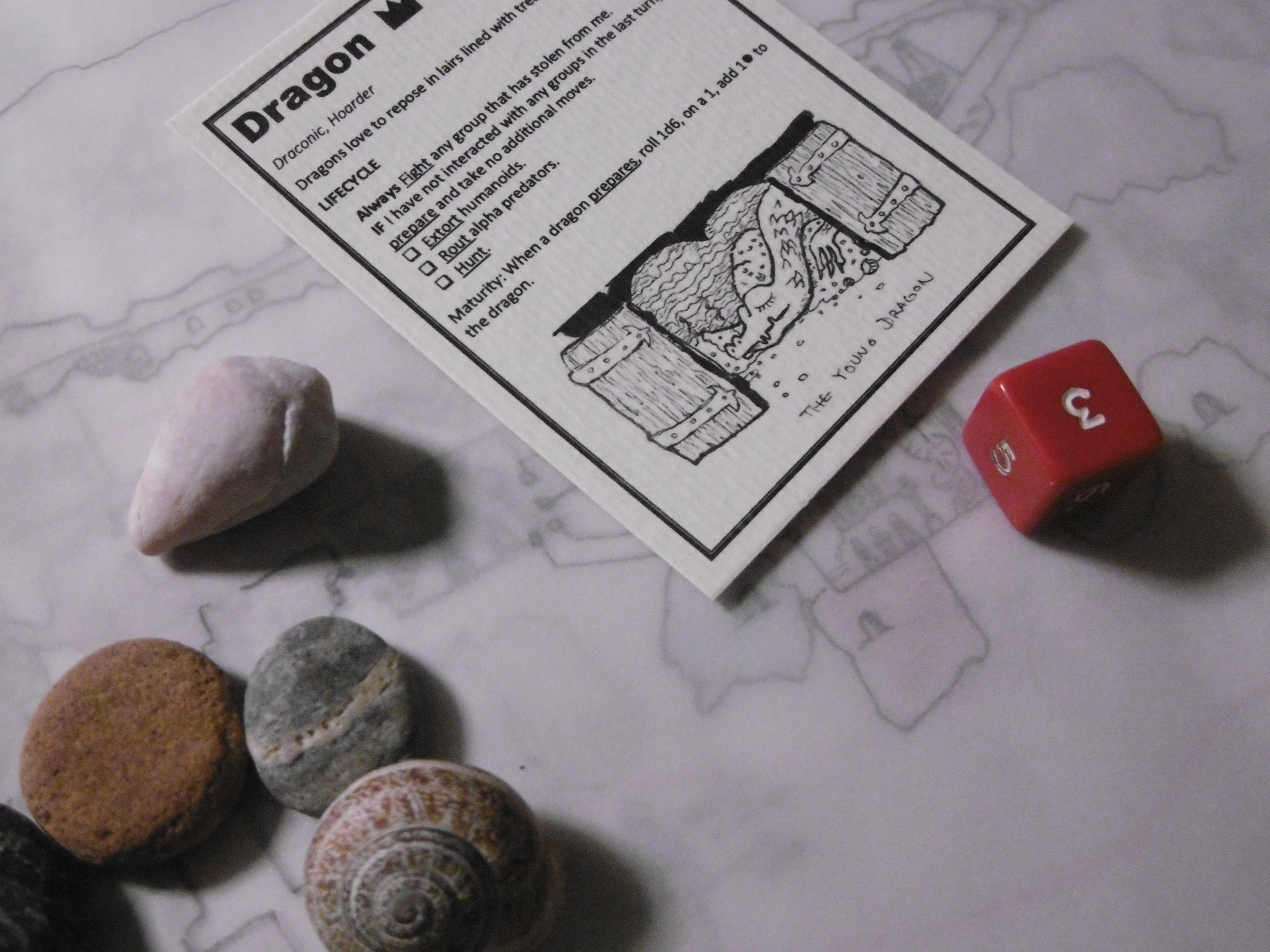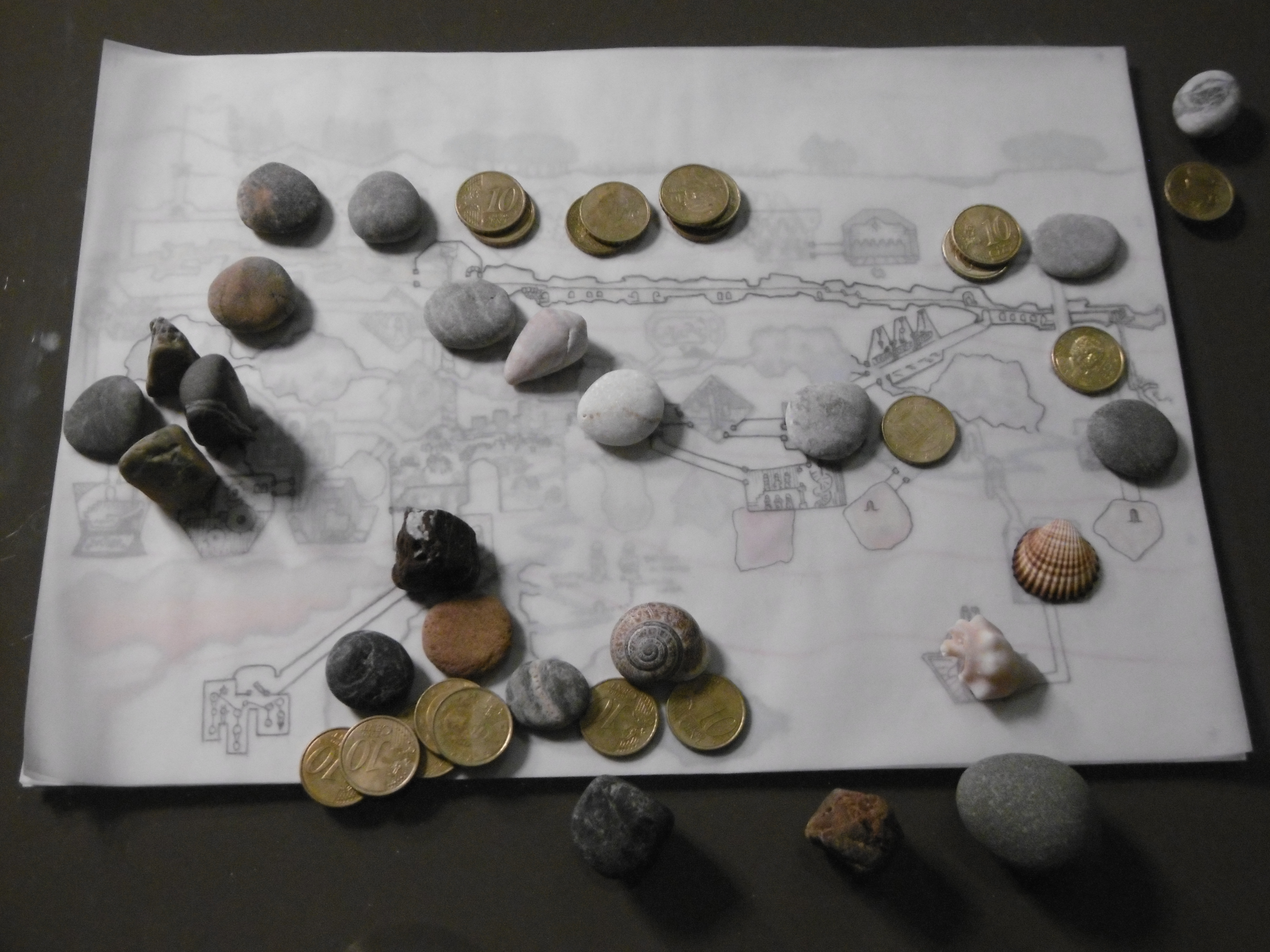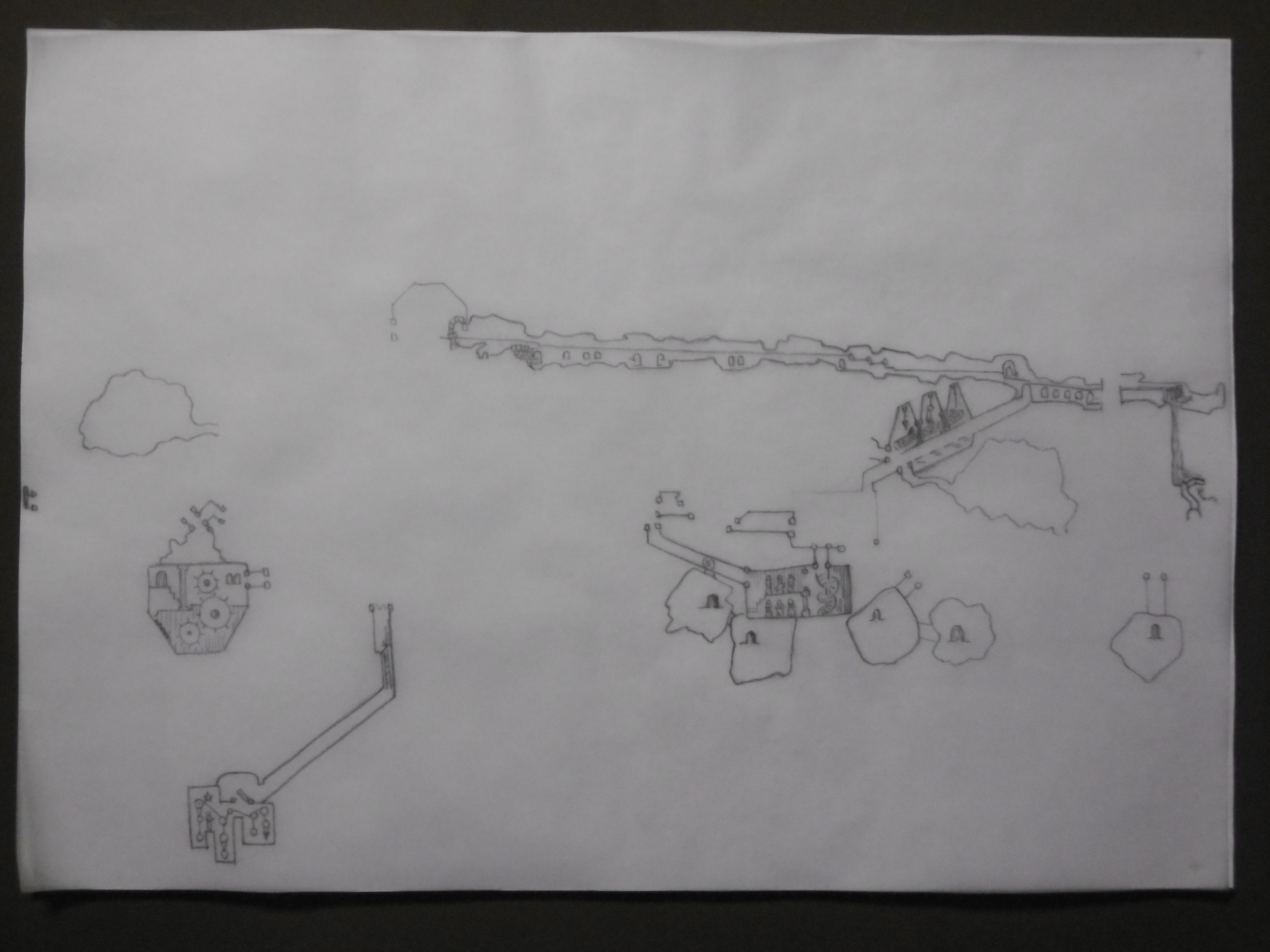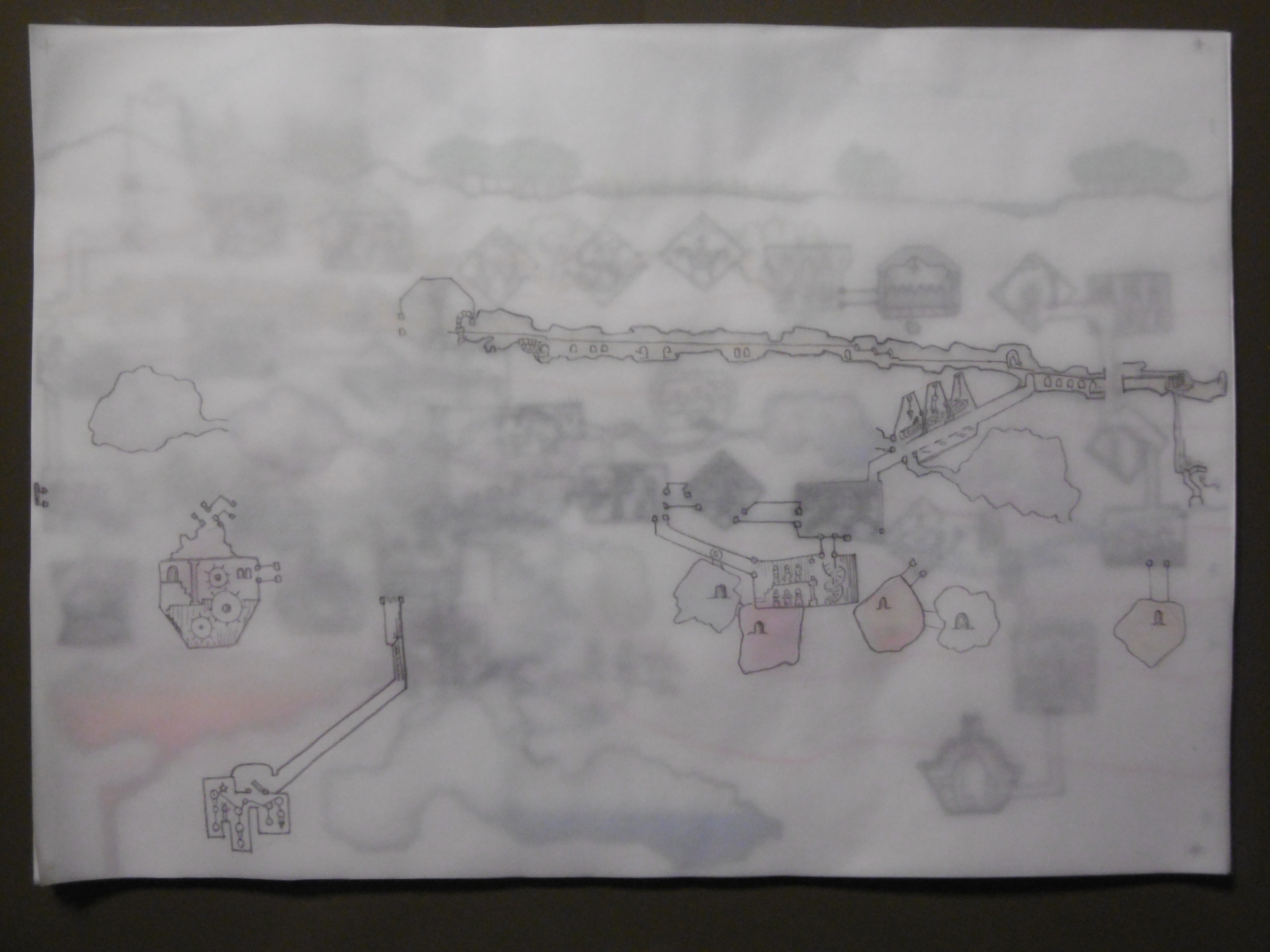Empire of the Undersun
Mob Disbanded
The mob wrecked the Cynosure and the School of Mines and defaced the statue of the former despot. Then they fought over the Magnate’s treasure and eventually disbanded. A few stalwarts formed an adventuring party.
The Free City of Valormr
Gullhofn, now liberated from the Magnate’s dominion, declared itself a free city and changed its name to Valormr, after a battle which took place in the wide, level river valley some long years ago.1
The Red Ogre
With the Magnate’s fall, the ogre mage, whose name was Onaka Kanabo, rose to villainy. Known to surface dwellers as the Red Ogre, Kanabo placed a horned crown upon his head and proclaimed himself Emperor of the Undersun. He built a capital from the ruins of the stone giants’ castle below the Throrgrmir Throne Room, refashioning the structures in the style of his homeland.
Kanabo made overtures to the Sadhakarani nomads to bring them under the Empire’s sway. When they refused, he hunted them down and killed them and took their treasure. Then he built a great wall around his domain.
Claws Versus Manes
Griffon’s Claws built a tower on a butte across the river from Valormr. It’s name was Isolde’s Tower after their wizard leader.
The adventurers took the name Pegasus Manes and fought the Claws. The fight went badly for the Manes.
Blue Wizard’s Omphalos
The Blue Wizard achieved its purpose: it built the Omphalos, the World Naval. It is unknown whether the Blue Wizard went through the wormhole—that was the Omphalos—and disappeared into the void beyond, or whether the Blue Wizard became the Omphalos. In either case, only the Omphalos remains, guarded by statues of living crystal.
A cult grew up around the Omphalos. The Blue Wizard Cult, unable to get by the living statues to worship the Omphalos directly, built a representation of the World Naval. They made sacrifice to the idol, which they claimed whispered to them in the voice of the Blue Wizard. Then they were hunted to extinction by blink dogs.
The Ghoul of Tower Mill
More recently, unusual events began to occur. More frequent rat infestations went unremarked at first. Then hunters and travelers reported wolves prowling the countryside in daylight hours. At night, they howled from hilltops near villages. Then came reports of folk in towns, villages, and in the city itself suffering from weakness after waking in the night with strange marks on their necks.
Suspecting a vampire, the Lords of Valormr requested the aid of the Ghouling Gauntlet. The ancient order of undead slayers responded to the call. Tracking the predator, they followed it to the tower mill. They confronted the “ghoul”—all undead to these slayers were ghouls—but they failed to rout it.
In his report, Ghouling Gauntlet leader Bishop Acacius Mar confirmed: “A vampire, no doubt. It sleeps on a bed of dirt in an old mining cart at the top of Tower Mill. It’s figure is pale and emaciated, but the ghoul is strong. It is male, middle-aged at death with a receding hairline, large forehead, small eyes, and a hawk-billed nose…”
Notes
1 Valormr: val (war or slain) + ormr (wyrm), pronounced Val-ORM-r. During the Throrgrmir Renaissance, when the new-hatched wyrmlings prowled the dungeon, already dragons came to hasten the prophesied Age of Dragons. The dwarves called to their neighbors, who responded in force. Dragons recruited forces of Chaos to oppose them.
